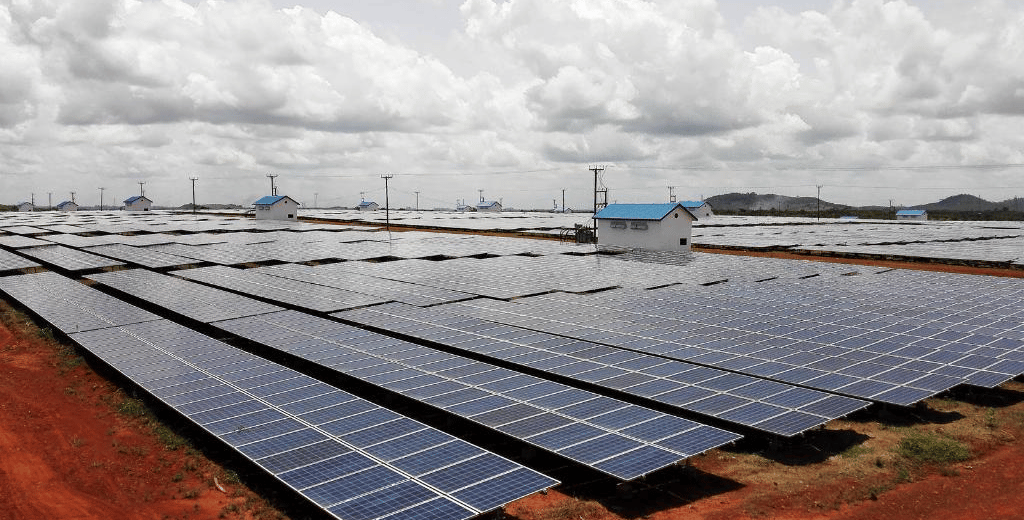China Deepens Critical Infrastructure Investment in Latin America and Africa, Broadening Competition with Western Nations
Under the framework of the "Belt and Road Initiative" (BRI), China continued to expand its investment and financing activities in critical infrastructure (such as ports, 5G networks, and mineral resource development) in Latin American and African countries during 2025.
CHINA,ECONOMY
global n press
8/11/20251 min read


Throughout 2025, the China Exim Bank and Chinese State-Owned Enterprises financed a series of infrastructure projects across African and Latin American nations.
Under the framework of the "Belt and Road Initiative" (BRI), China continued to expand its investment and financing activities in critical infrastructure (such as ports, 5G networks, and mineral resource development) in Latin American and African countries during 2025. This investment often came packaged with infrastructure construction contracts and long-term resource supply agreements. Western nations, particularly the U.S., voiced strong concern, arguing the investments risked creating "debt traps" for recipient nations and gave China strategic control over key resources and data flows.
China's sustained investment in critical infrastructure extended the boundaries of geoeconomic competition into the Global South. From a conservative perspective, China's investment model was seen as opaque and state-interest driven, conflicting with Western principles of free markets and transparent governance. This forced the U.S. and the Group of Seven (G7) to accelerate the deployment of alternative financing schemes, such as the "Partnership for Global Infrastructure and Investment" (PGII), in an effort to compete for influence and trust in developing countries, intensifying the ideological competition in global infrastructure and development finance.




